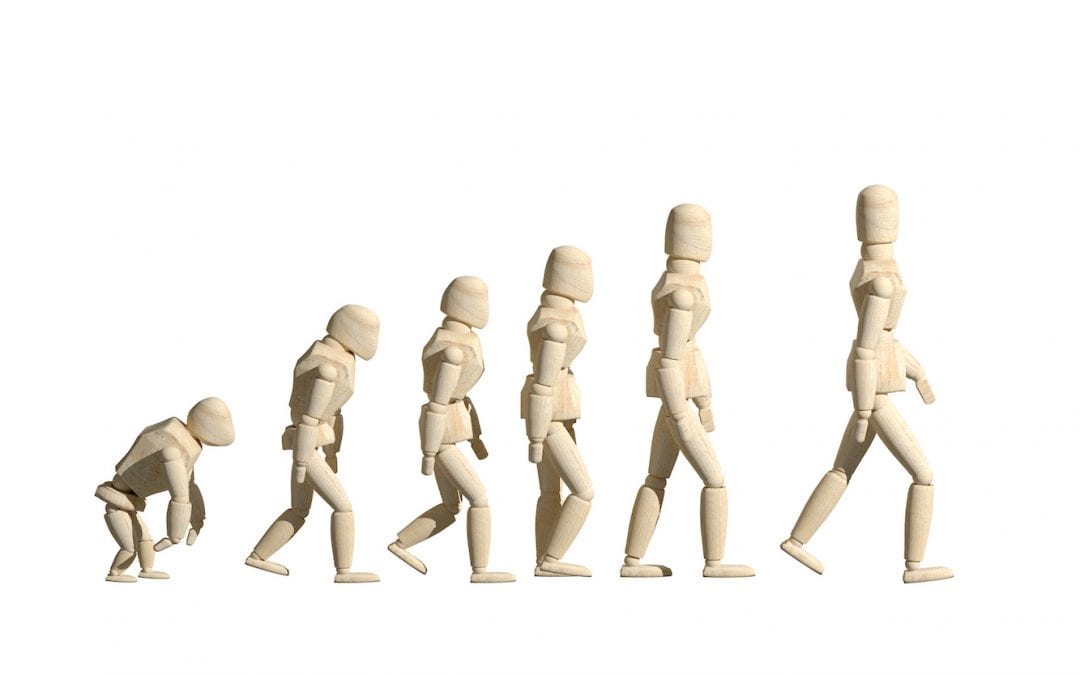Last week, we talked about unconscious bias in an episode of Recruiter Fuel, a weekly video series produced by Qualigence. We got some mixed feedback. Some gave us praise for addressing the topic, and others thought we were a little too safe.
We talked about a few specific types of unconscious bias common in recruiting and the workplace: confirmation bias,
But we didn’t talk much about solutions. That’s what we were missing. That’s where we went wrong. We didn’t dive deeper into gender and race biases, but that’s why we’re producing a piece that’s far more in-depth (more on that later).
The topic of unconscious bias in the workplace makes a lot of people clam up. I get it. No one wants to ruin anyone’s life—not their own, a colleague, or a candidate. One interpretation (or misinterpretation) could cost us our jobs, our families, or our homes.
So, we throw our hands up in fear. We wait for someone else to clean up the mess; we wait for someone else to make our workforce fair and just. Over time, we ran out of “someone else” and we ended up right where we are today: stuck in a destructive systemic cycle that is governed by our own unconscious biases.
I’m tired of it. Qualigence is tired of it. And I hope you’re tired of it, too. Before we can face this behemoth of a problem, we first have to understand unconscious bias, its origin, and its forms.
Understanding unconscious bias
The human mind is hardwired to make cognitive shortcuts based on assumptions or past experiences. These are called unconscious—or implicit—biases. They extend across gender, race, age, appearance, wealth, education, and more. Implicit biases rear their heads when we let our own stereotypes or beliefs dictate decisions, judgment calls, and our understanding of different groups of people.
In some cases, cognitive shortcuts come in handy. They help us decide what to eat for dinner, what outfit to wear to an interview, the car we drive, or the quickest route to work.
Evolutionists say that grouping people, or shortcuts, saved our ancestors in life or death situations. In 2018, group selection isn’t as useful. Rather, it’s harmful.
Our minds can default into bias mode when faced with “mindful” tasks, like who we ask for help, who we seek for mentorship, who we hire, promote, and who we fire.
Whether you’re at home, on the street, or at work, unconscious biases enable and encourage discriminatory actions. They can unknowingly shape or skew an organization’s culture, performance reviews, and the recruiting and hiring efforts.
The good news is that, when you’re educated, unconscious biases are recognizable. If they’re recognizable, that means they’re preventable.
3 Strategies to Mitigate Unconscious Bias in Recruitment and Hiring
First, don’t be an a**hole.
Just kidding. Sort of. Here we go.
1. Recruit blind
Some small companies (and some giants like IBM and Deloitte) in the U.S. and the U.K. have adopted a blind recruiting and selection process. The goal is to remove the possibility of unconscious biases from selection, forcing recruiters to focus on skills and abilities. No personal information, including names, educational institutions, and previous companies worked for, are all taken out of the equation.
These companies have or plan to require work samples and/or a range of cognitive and personality tests (including questions regarding motivational fit) instead of traditional sourcing and selection processes.
Now, this isn’t a perfect solution. Obviously, personal information will eventually surface. You can’t really interview candidates without knowing their name, hearing their voice, or seeing them in the flesh. However, the biggest hurdle is that initial sourcing and selection. In fact, many times once candidates are finally interviewed—regardless of race, name, or gender—they move forward in the hiring process.
2. Effective diversity and sensitivity programs
I’m not talking about a 2-hour-long lecture. I’m talking robust group or one-on-one sessions that include movies, simulations, roleplaying, and storytelling. Diversity training is, in a sense, meant to make folks feel uncomfortable. Some employees may be participating in a simulation and not even know it.
For those who have a history of biased behavior, the effectiveness of a diversity program is tricky, but not impossible. I’m not one to give up when the goin’ gets tough. I encourage others to be the same.
3. Take a hard look at yourself
When you recruit, you operate on autopilot. Autopilot comes fully equipped with your unconscious biases and, whether you like it or not, they’re the ones steering the ship.
Remember that candidate with the unprofessional LinkedIn photo? Remember how great her experience was? Focus on the experience, not her face. Once you think you’ve sourced enough candidates to start the outreach process, compare them. How many men vs. women vs. black vs. Asian vs. Hispanic? I’m not suggesting that you go out of your way to recruit minority candidates—I’m asking you to retrace your steps; pay attention to the details; pay attention to yourself and your excuses.
The truth is, it’s not good enough to just accept unconscious biases as primal instincts. It’s time to evolve. We are the ones who perpetuate the cycle when we do nothing more than just acknowledge our biases. Without questioning and correcting ourselves, we’re single-handedly responsible for the exclusion of people, opportunities, relationships, answers, and outcomes. And that’s downright wrong.
Subscribe to our blog to receive an upcoming whitepaper about racial, gender, and name discrimination in the workforce.





